Slumbering lions win top wildlife photo prize
- Published
A stark image of lions resting on a rock outcrop in the Serengeti has won the 2014 Wildlife Photographer of the Year (WPY) Award.
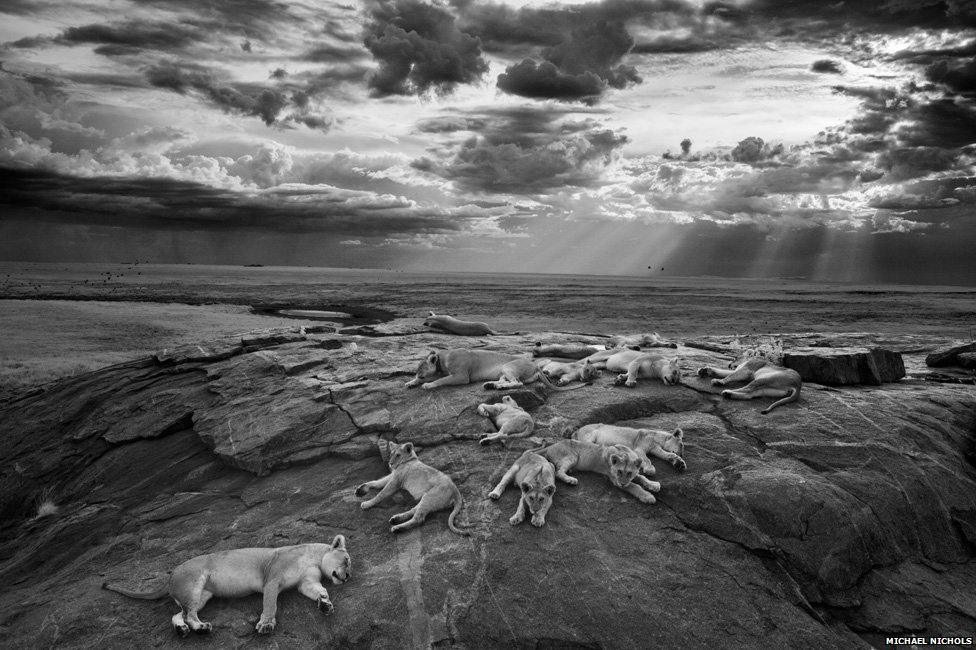
A classic WPY winner in the 50th anniversary year of the competition
Michael "Nick" Nichols tracked the pride of big cats for six months before capturing this stunning shot, which stretches all the way to the horizon and includes a dramatic African sky.
The great sense of depth is enhanced by the use of infrared, which cuts through the haze.
WPY is 50 years old this year, external.
Supported from the outset by the BBC, it has grown into one of the world's foremost photo competitions.
Strong narrative
Judge Magdalena Herrera is director of photography at GEO France, external, as well as being a veteran of National Geographic France.
She said American Nichols' composition had all the elements of a perfect picture.
"It tells you about behaviour, about the photographic techniques today, and it shows you the relationship of the animal to its environment," she told BBC News.
"What is striking about Nick's picture is its narrative - it's not just a portrait; there's a whole story going on inside it. And the black and white gives it a feeling of reportage."
This story is of the females of the Vumbi pride in Tanzania's Serengeti National Park.
Female force
They are sleeping with their cubs in the late-afternoon sunshine, having just fought and driven off a couple of over inquisitive males.
Nichols caught the scene, which he calls The Last Great Picture, from on top of his vehicle.
He said the infrared transformed the light, turning "the moment into something primal, biblical almost".
Three of the females were killed a few months later when the pride ventured on to land beyond the park.
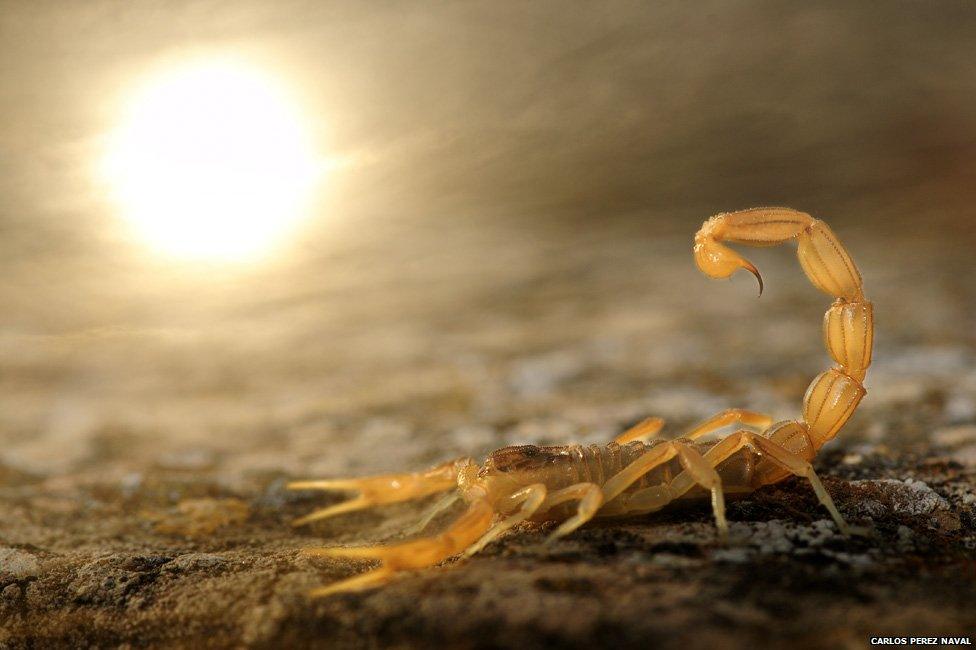
Young talent: Carlos Perez Naval is just eight years old - and displays a technical ability beyond most adults
Another late-afternoon event has won Spain's Carlos Perez Naval the honour of Young Wildlife Photographer of the Year.
His depiction of a common yellow scorpion also claimed the 10 years of age and younger category.
Technically, it is a very clever shot. It is actually a double exposure that uses a zoom lens to emphasise the sun, and then a shorter focal length lens and flash to pick up the colours in the stinging arthropod.
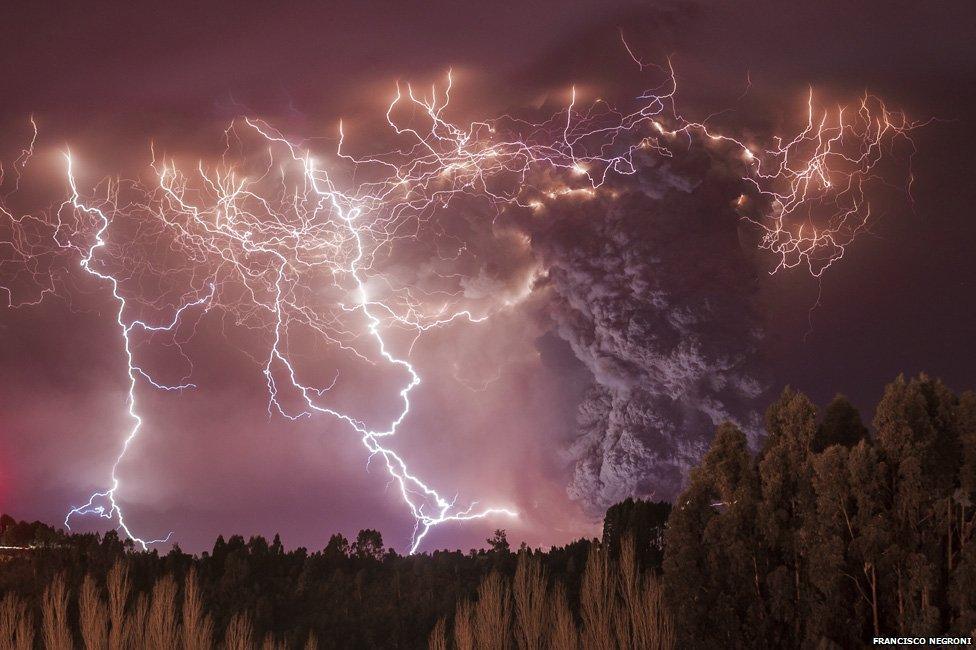
Chile's Francisco Negroni won the Earth's Environments prize for capturing the lightning show around an eruption of the Puyehue-Cordón Caulle volcano complex
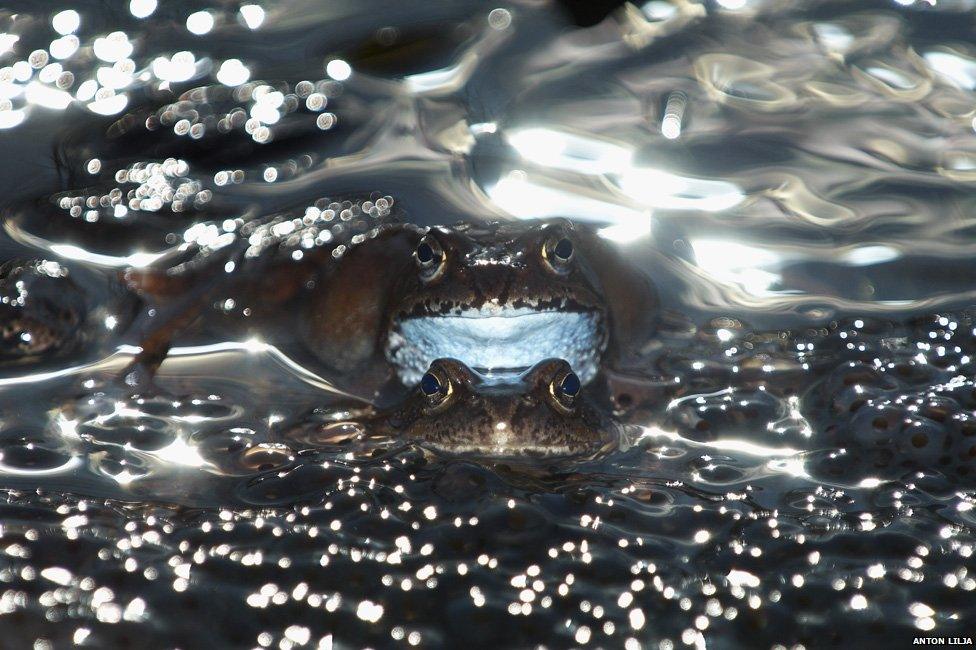
Sweden's Anton Lilja pictured a male frog in the moment of fertilising a female’s mass of eggs. Anton was the 15 to 17 Years category winner
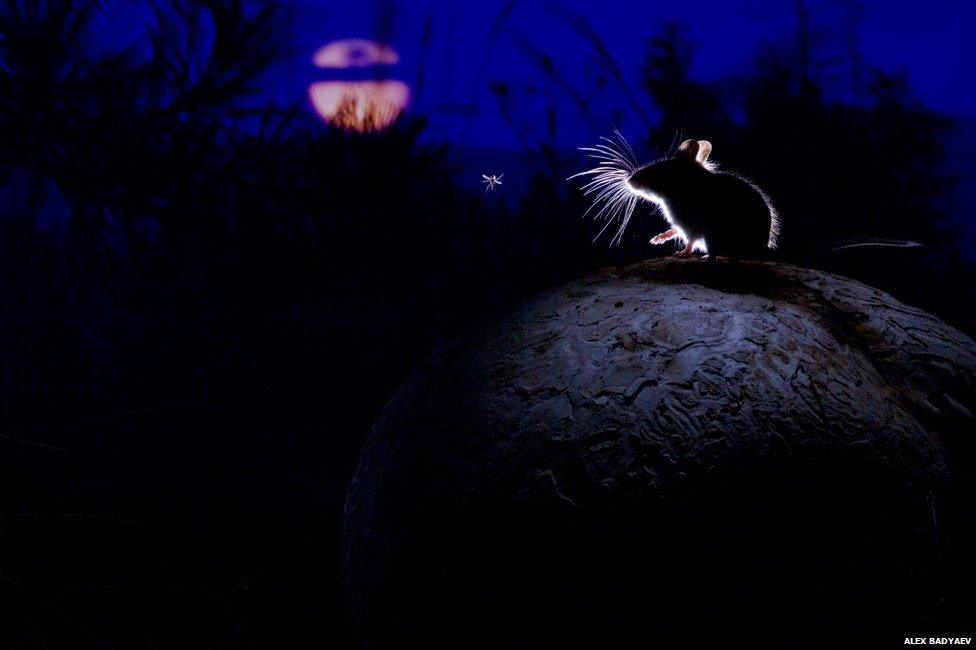
Alex Badyaev from the US took the Mammals category for this shot of a deer mouse standing on a mushroom in western Montana
The different age categories are one of the innovations introduced to the competition since its inception in 1964.
There are now 17 sections compared with the original three of Mammals, Birds and Other Animals. But the biggest innovation is surely the advent of digital technology, which was first permitted in 2004.
Digital has extended the scope of photographers, especially in underwater settings. It has also had a democratising effect, spurring many more people to get involved. This is evident in the tens of thousands of entries to WPY every year.
What has not changed, however, are the fundamentals of taking a great picture. Roz Kidman Cox's association with the competition stretches back to the 80s as an editor of BBC Wildlife Magazine.
"It true that you either have the eye or you don't, but it also requires a lot of patience and perseverance," she commented. "And you've got to have an empathy with your subject; you've got to love it at some level. That's the magic that turns a good photo into a truly spectacular one."
South African Greg Du Toit won last year's competition with a shot of "blue elephants" at a watering hole. He has a really simple formula to define a successful wildlife image.
"It is a picture that draws people in and keeps them looking. The longer they look, the better the photo. End of story," he told BBC News.
WPY is organised by London's Natural History Museum (NHM) and BBC Wildlife Magazine.
An exhibition featuring the best photos opens at the NHM on Friday. As is customary, this exhibition will also embark on an international and UK tour.
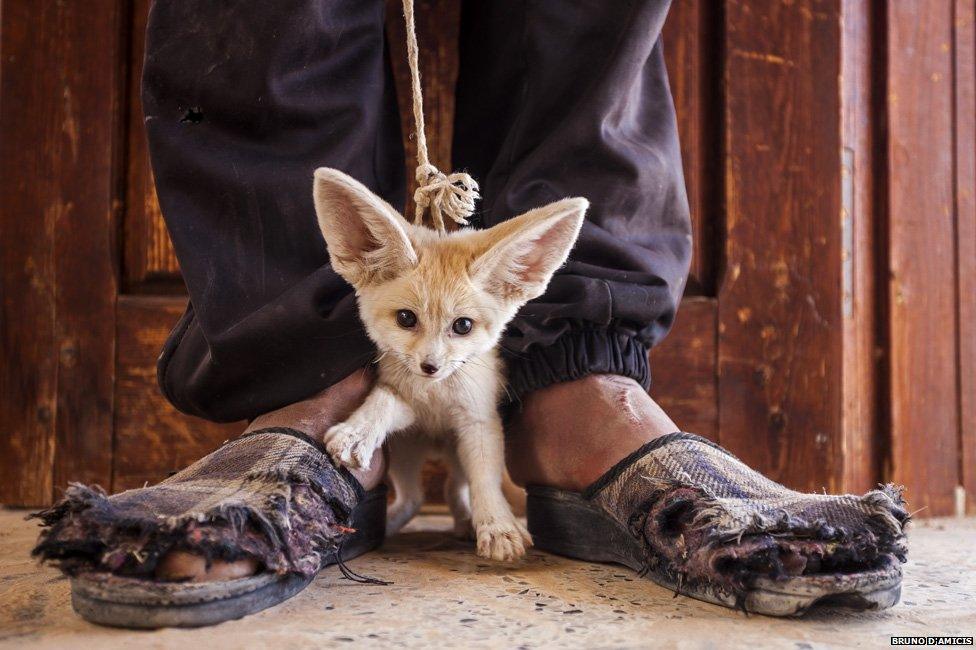
Bruno D'amicis won the World in Our Hands section. The picture depicts a teenager in Tunisia trying to make an illegal sale of a three-month-old fennec fox
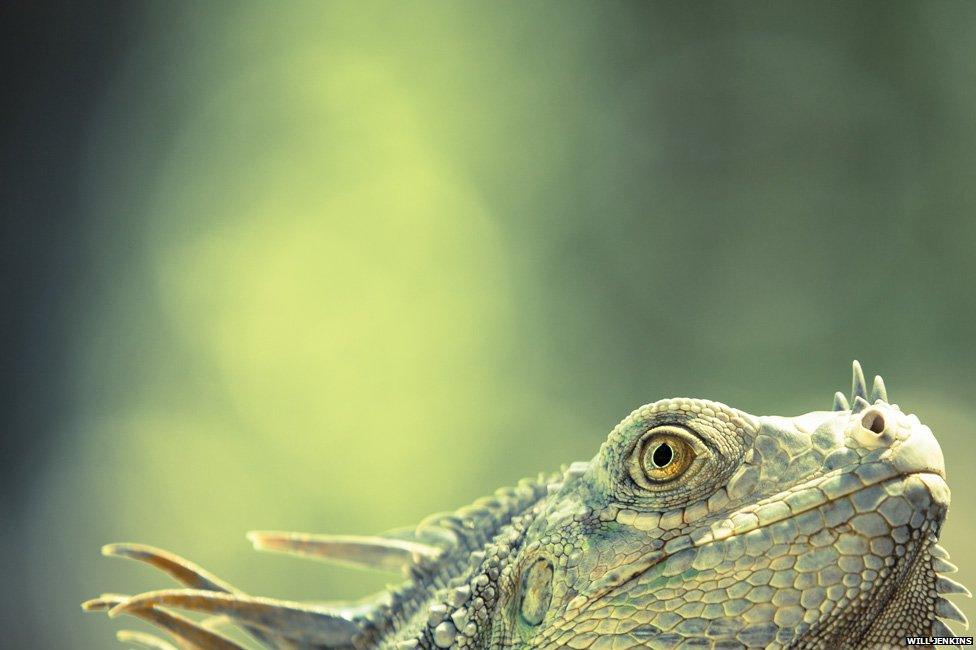
Will Jenkins, from the UK, was a finalist in the 11 to 14 Years category with this picture of a green iguana that was playing near his holiday hotel pool in Costa Rica
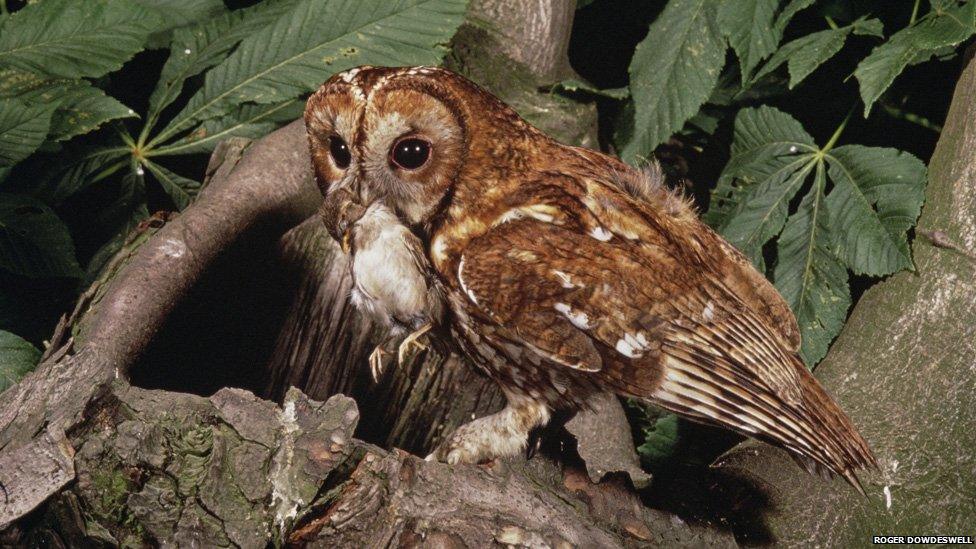
When Roger Dowdeswell won the first WPY award, everyday digital cameras were a distant dream, and only a few hundred people entered the competition
Jonathan.Amos-INTERNET@bbc.co.uk and follow me on Twitter: @BBCAmos, external
- Published16 October 2013